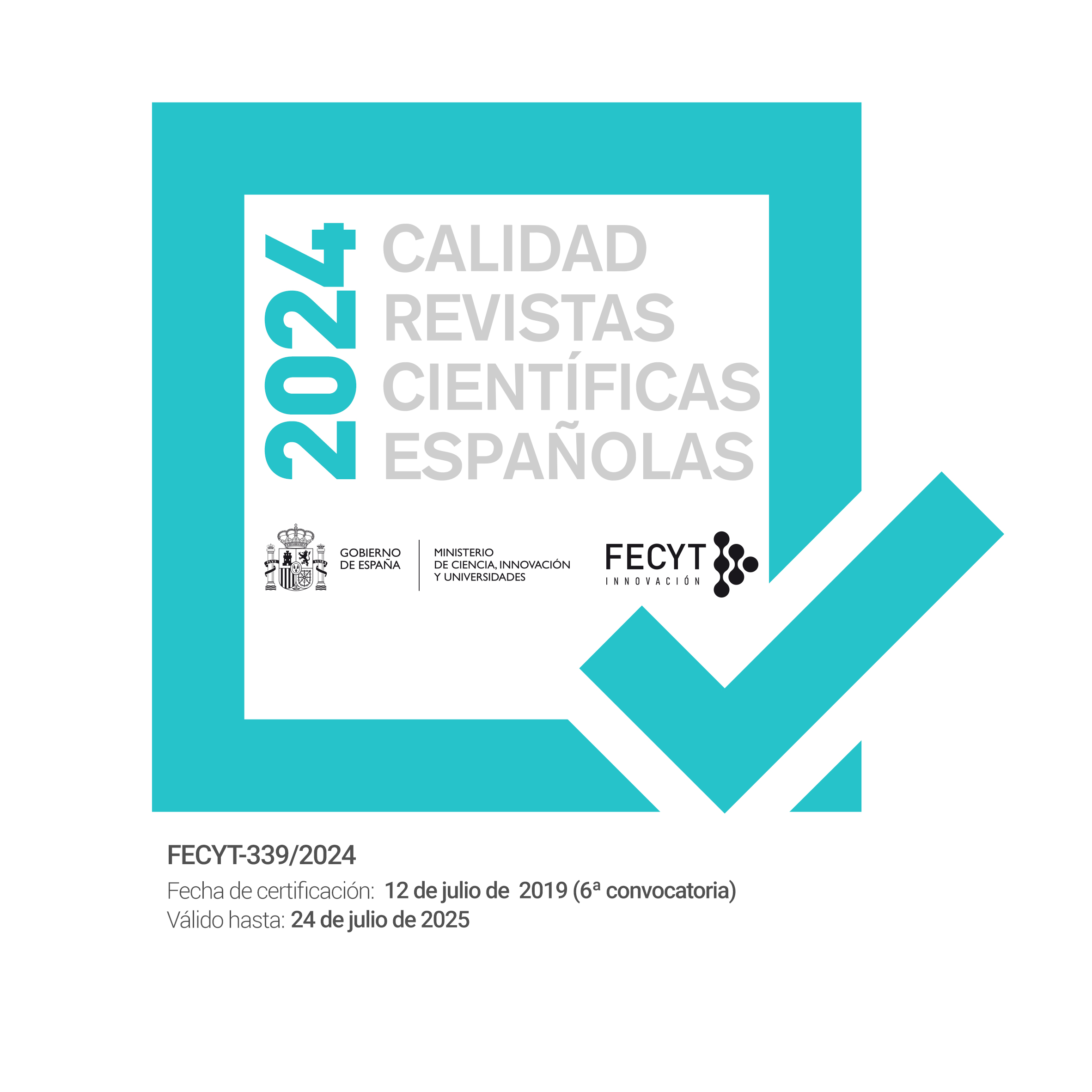Mathematical realism of the Pythagorean triad and the vesica piscis
DOI:
https://doi.org/10.24310/crf.17.1.2025.16906Keywords:
Methematical realism, number, triad, atomns, elementary particles, Peano, vesica piscis, trefoil knotAbstract
ABSTRACT: The Pythagorean triad expresses the structure of the particles that constitute the atom from the initial chaos of nucleotides through trefoil knots. The series of natural numbers in its first hundred corresponds to the atomic number of the elements of the periodic table. Peano's axiomatics corresponds to the Pythagorean triad and to the conception of the number 3 as the first number proper. The geometric expression of the Pythagorean triad and tetraktys is expressed geometrically in the vesica piscis, in the molecular structure of inorganic and organic compounds and in the theory of knots.
Downloads
Metrics
Publication Facts
Reviewer profiles N/A
Author statements
Indexed in
-
—
- Academic society
- N/A
- Publisher
- Asociación para la promoción de la filosofía y la cultura en Málaga (FICUM) y UMAEditorial
References
Anselmo de Canterbury, Monologium, en Obras completas, Madrid: BAC, 1952-1953
Aristóteles en Metafísica, Madrid: Gredos, 1987,
Barrera Mora, Fernando, Introducción a la Teoría de Grupos, www.sociedadmatematicamexicana.org.mx. Serie: Textos. Vol. 4 (2004)
Bernabé, Alberto, Textos órficos y filosofía presocrática, Madrid: Trotta, 2004.
Boyer, Ch., Historia de la matemática, Madrid: Alianza, 2007.
Choza, J., La moral originaria: la religión neolítica, Sevilla: Thémata, 2017.
Descartes René, Meditaciones sobre filosofía primera, Edición electrónica de www.philosophia.cl / Escuela de Filosofía Universidad ARCIS.
Docz, Gyorgy., El poder de los límites: armonías proporcionales en la naturaleza, el arte y la arquitectura, Barcelona: Kairós, 1995.
García Bazán, F., Plotino. Sobre la trascendencia divina 318, nn. 473 y 474.
García Bazán, F., “Antecedentes, continuidad y proyecciones del neoplatonismo”, Anuario Filosófico, 2000 (33).
García Bazán, F., El significado aritmológico de la tríada y sus proyecciones filosófico-religiosas, CONICET-ANCB-FUNDTARD, ISNN: 1852-0596, ©Opusculo Filosófico, N° 17, Año VI, 2013
García Bazán, F., Oráculos Caldeos y Numenio de Apamea, Gredos, Madrid, 1991.
Lawlor, Robert., Geometría sagrada: filosofía y práctica, Barcelona: Kairós, 2005;
Linnebo, Øystein, “New Model Naturalism”. Metasci 18, 433–436 (2009).
Madrid Casado, Carlos, Filosofía de las Matemáticas. El cierre de la Topología y la Teoría del Caos. 2009. EL BASILISCO, 2ª Época, nº 41, págs. 1-48, (Separata, ISBN 978-84-92993-05-5, D.L. AS-06127-2009)
Michell, John., La geometría de la creación: geometría sagrada en la religión, el arte y la ciencia, Madrid: Ediciones Siruela, 2002.
Paseau, A. (2009). Reducing Arithmetic to Set Theory. In: Bueno, O., Linnebo, Ø. (eds) New Waves in Philosophy of Mathematics. New Waves in Philosophy. Palgrave Macmillan, London. https://doi.org/10.1057/9780230245198_3,
Platón, Diálogos. V. Parménides, Teeteto, Sofista, Político, Madrid: Gredos, 1988.
Plotino, Enéadas, Gredos: Madrid, 1992-1998.
Poincaré, H., La ciencia y la hipótesis, Madrid: Gutenberg, 1907.
Quine, Willard Van Orman (1964). “Ontological Reduction and the World of Numbers”, The Journal of Philosophy, Vol. 61, No. 7 (Mar. 26, 1964)
Scotus, John Duns, A Treatise on God as First Priciple, Chicago: Franciscan Herald Press, 1966.
Tomás d Aquino, Summa Theologiae, Madrid: BAC, 1994.
Downloads
Published
How to Cite
Issue
Section
License
Copyright (c) 2024 Jacinto Choza Armenta

This work is licensed under a Creative Commons Attribution-NonCommercial-ShareAlike 4.0 International License.
Esta revista provee acceso libre inmediato a su contenido bajo el principio de hacer disponible gratuitamente la investigación al público. Todos los contenidos publicados en Claridades. Revista de Filosofía, están sujetos a la licencia Creative Commons Reconocimento-NoComercia-Compartirigual 4.0 cuyo texto completo puede consultar en <http://creativecommons.org/licenses/by-nc-sa/4.0>
Es responsabilidad de los autores/as obtener los permisos necesarios de las imágenes que están sujetas a derechos de autor.
Los autores/as cuyas contribuciones sean aceptadas para su publicación en esta revista conservarán el derecho no exclusivo de utilizar sus
contribuciones con fines académicos, de investigación y educativos, incluyendo el auto-archivo o depósito en repositorios de acceso abierto de cualquier tipo.
La edición electrónica de esta revista esta editada por la Editorial de la Universidad de Málaga (UmaEditorial), siendo necesario citar la procedencia en cualquier reproducción parcial o total.

















6.png)
